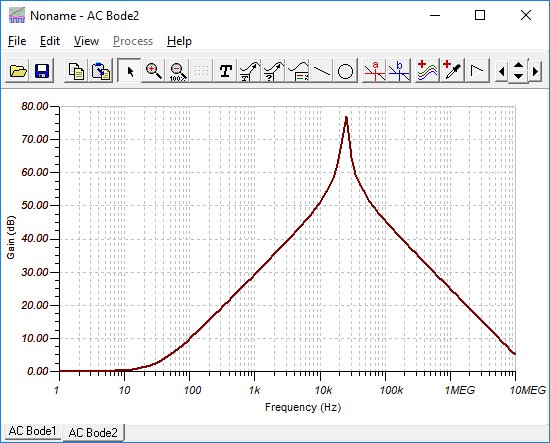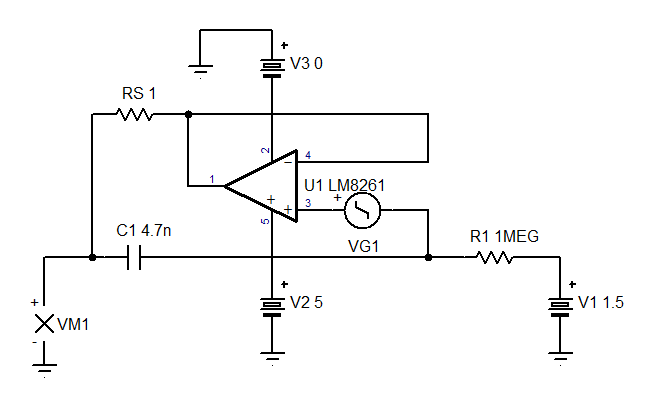Hi,
I’m using a LM8261 (IC20) in a circuit (see picture attached) that makes the function of an electronic inductor.
At the end of the circuit after C193 there is an ADC and a µC. The signal processing found some noise around 1 kHz in 2-3% of the production. See pdf file attached before and after replacement ICNoiseBeforeRepalcement.pdfNoiseAfterreplacement.pdf.
I have found that the noise is originating in the IC20 area and if I replace IC20 with a LM8261 that I have in the lab the problem is solved. See pdf.
I did this operation on some boards and the replacement works always better.
I don’t know the reason of that behavior, and I suppose that the LM8261 used in the production are of good quality.
So could be the circuit? I know that there is 1M ohm resistor that produce 7µV of noise but I have to use that value.
Do you see any issue in the circuit?
LM8261 is a good device, but could I improve or solve that noise problem using a different OpAmp?
Best regards
Davide



